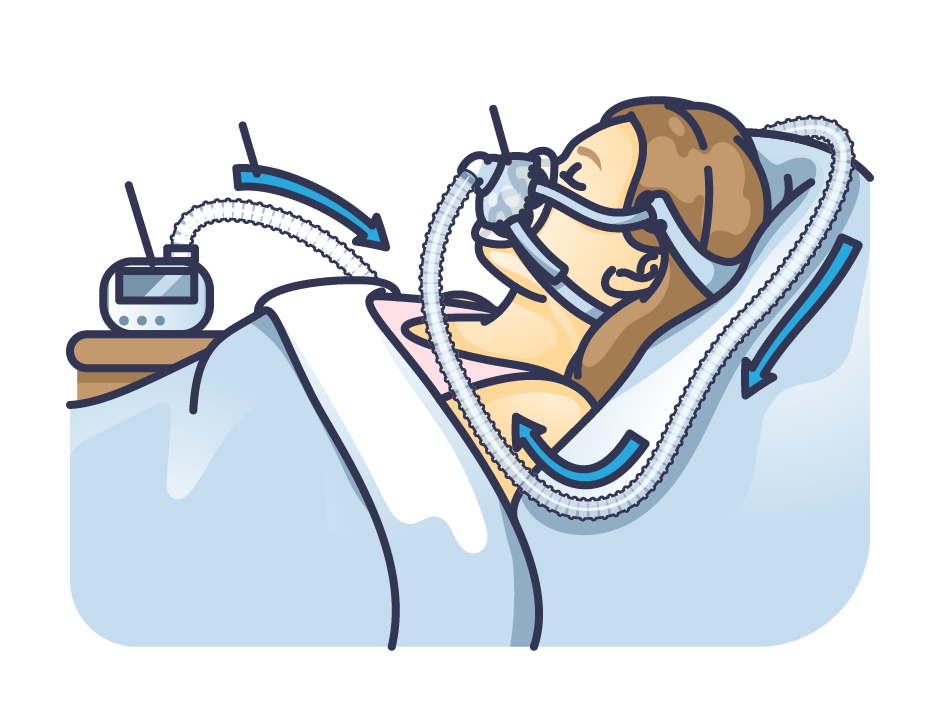Supporting employee sleep results in greater workplace safety
- Shaun McGillis
- Dec 13, 2023
- 1 min read

New research finds that a Total Worker Health® intervention that targets employee sleep at the supervisor and employee level resulted in employees reporting greater workplace safety behaviors and safety motivation, and reduced workplace accidents and injuries.
The paper, published in the Journal of Occupational Health Psychology, “The Effects of a Total Worker Health Intervention on Workplace Safety: Mediating Effects of Sleep and Supervisor Support for Sleep,” was authored by Rebecca Brossoit, Ph.D., Louisiana State University, Leslie Hammer, Ph.D., Oregon Institute of Occupational Health Science, Tori Crain, Ph.D., Jordyn Leslie, Todd Bodner, Ph.D., all from Portland State University, and Krista Brockwood, Ph.D., also from the Oregon Institute of Occupational Health Sciences.
“The focus of the study was to explore whether an organizational intervention that was targeting sleep could also impact workplace safety,” said Brossoit, the study’s lead author. “And what we found was that the intervention’s effects on sleep and supervisor support for sleep did, in turn, improve workplace safety outcomes.”
The Total Worker Health intervention was a part of Dr. Hammer’s Oregon Military Employee Sleep & Health (MESH) Study. MESH was funded by the Department of Defense and aimed at improving the safety, health, and well-being of service members in the Oregon National Guard and their families.
Brossoit discussed the project and the research team’s findings on the Healthy Work podcast. Tune in to the episode to learn more about this exciting work.
This research was supported by the U.S. Department of Defense, award number W81XWH-16-1-0720.




Comments